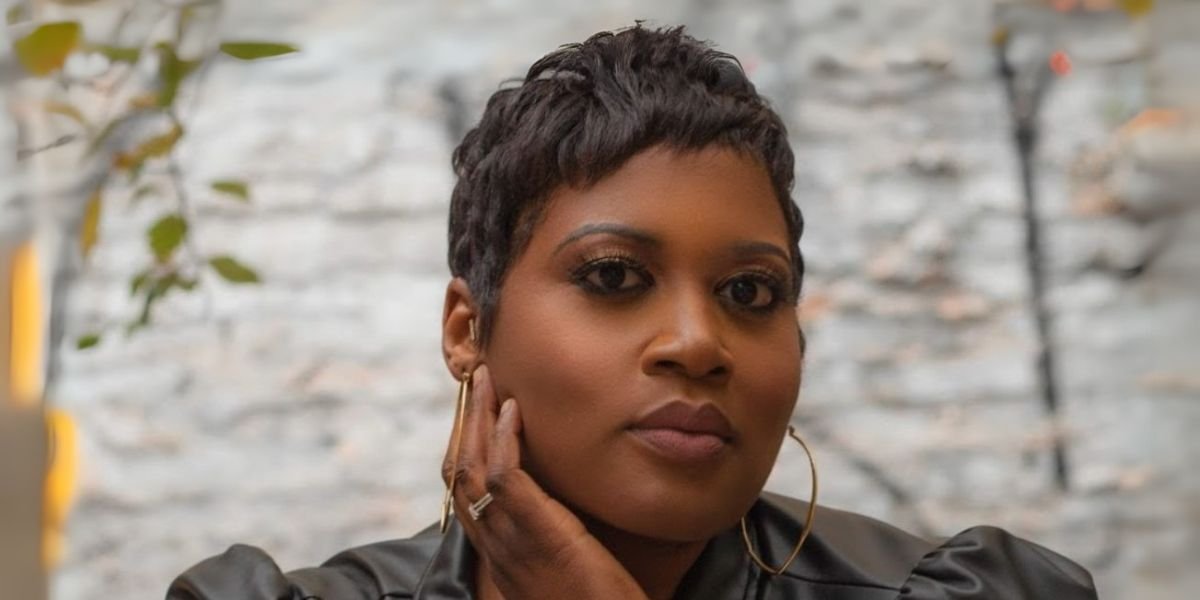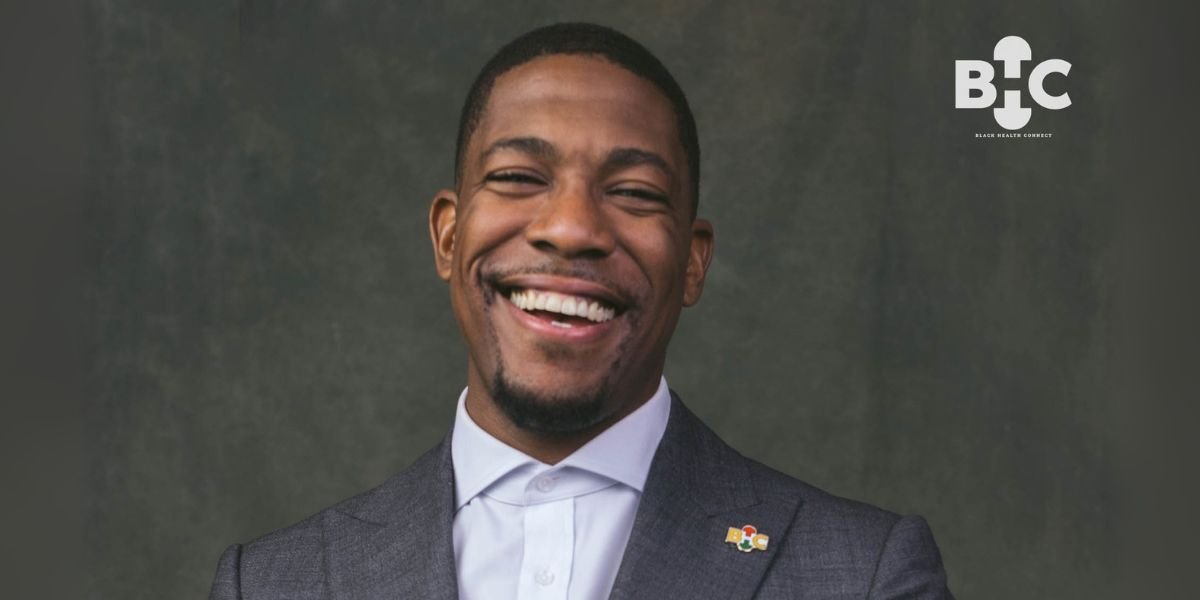Black Animated Characters: A History
Animated characters have long been an integral part of the entertainment industry, shaping culture, educating, and entertaining generations. Black animated characters, in particular, have evolved over time, playing pivotal roles in both mainstream and niche animation. The journey of these characters is not just a story of animation but also a reflection of cultural shifts and societal change. This article delves into the history of Black animated characters and how they have shaped the landscape of animation.
Read Also: Celebrating Black Athletes in Figure Skating and Their Legacy
How Did Black Animated Characters Emerge in Mainstream Animation?
The history of Black animated characters can be traced back to the early 20th century, during a time when racial representation in media was extremely limited. For much of animation’s early years, Black characters were either marginalized or relegated to stereotypical roles, often depicted in a negative light. Early representations of Black individuals in cartoons were influenced by racial stereotypes, reflecting broader societal prejudices.
However, as the animation industry began to diversify, so did the representation of Black people. One of the first significant steps in this direction came with the 1930s’ inclusion of African-American characters in Disney films. Aunt Jemima, voiced by the legendary voice actress Mildred Bailey, appeared in the 1935 animated short The Great Piggy Bank Robbery.
Despite these early representations, true representation did not become commonplace until the 1960s, when social and political movements like the Civil Rights Movement gained momentum. These movements encouraged broader representation across all forms of media, including animation. During this time, characters like Aesop’s Fables began making waves with their Black characters, presenting a more positive and complex view of African-American life.
What Role Did “The Cosby Show” Play in Shaping Animated Black Characters?
One of the most important moments for Black animated characters came in the late 1980s and 1990s with the rise of TV shows like The Cosby Show. While it was not an animated series, The Cosby Show profoundly influenced animated content. With its emphasis on African-American family life, the show opened the door for more realistic portrayals of Black people in media.
In animation, this influence manifested with characters like Rudy Huxtable from The Cosby Show, who later appeared in various animated spin-offs. Moreover, this period saw the creation of The Proud Family, one of the first animated series that accurately depicted the daily lives of an African-American family. This show was groundbreaking for its portrayal of Black characters in a way that was both entertaining and culturally rich. It created a more realistic, modern image of African-American families.
Why Did the 2000s Mark a Turning Point for Black Animated Characters?
The 2000s marked a significant turning point for Black animated characters. With the increasing demand for diversity in animated content, a new era of representation began. Animated films like The Princess and the Frog (2009), starring Tiana, Disney’s first Black princess, were monumental. Tiana was more than just a character; she represented progress in an industry long known for its lack of racial diversity.
Tiana’s introduction in The Princess and the Frog was not just about her ethnicity but also about giving young Black viewers a character to look up to. This was the first time a Black princess was the focal point of a major animated film from a studio like Disney. The film was not only culturally significant but also served to challenge the notion that animated films could only feature characters of European descent.
In addition to Tiana, shows like Boondocks also played a major role in portraying complex Black characters. The show, which began airing in 2005, was groundbreaking in its treatment of African-American culture, politics, and identity. Created by Aaron McGruder, The Boondocks became a cultural touchstone, mixing humor with social commentary in a way that had never been seen before in animation.
How Have Black Animated Characters Influenced Popular Culture?
Black animated characters have not only changed animation but have also had a profound impact on popular culture. From the early days of animation to the current era, these characters have represented the richness and diversity of African-American experiences. They have paved the way for broader discussions about race, identity, and cultural representation in media.
Today, we see a range of Black characters across animated TV shows and films. Characters like Miles Morales from Spider-Man: Into the Spider-Verse (2018) have further pushed the boundaries of what animated characters can represent. As a young, Black Spider-Man, Miles represents both the complexity of Black identity and the power of representation.
How Are Modern Black Animated Characters Shaping the Future?
Looking at the future of Black animated characters, there is a growing commitment to ensuring that future portrayals are multidimensional, realistic, and reflective of the diverse Black experience. The success of films like Spider-Man: Into the Spider-Verse, The Princess and the Frog, and TV shows like The Boondocks and The Proud Family shows that there is an appetite for more diverse voices in animation.
Modern Black animated characters are breaking stereotypes, offering nuanced perspectives, and providing a voice for Black audiences. These characters are no longer confined to the background but are increasingly taking center stage in major animated productions. Their stories reflect a new era of inclusivity in animation, one where characters of all backgrounds are celebrated.
Read Also: Beyond Bold: The Allure of Faded Hues in Photography
The Ongoing Legacy of Black Animated Characters
The legacy of Black animated characters is a testament to the power of representation. Over the decades, these characters have evolved from stereotypes to complex, multifaceted individuals, reflecting the changing cultural landscape. From early portrayals to the introduction of iconic characters like Tiana and Miles Morales, Black animated characters continue to play a key role in shaping the future of animation and popular culture. As the animation industry moves forward, there’s little doubt that Black characters will remain an integral part of the narrative, offering fresh perspectives and inspiring new generations.








